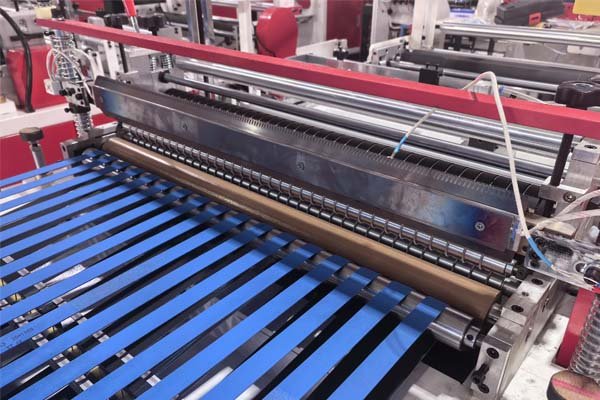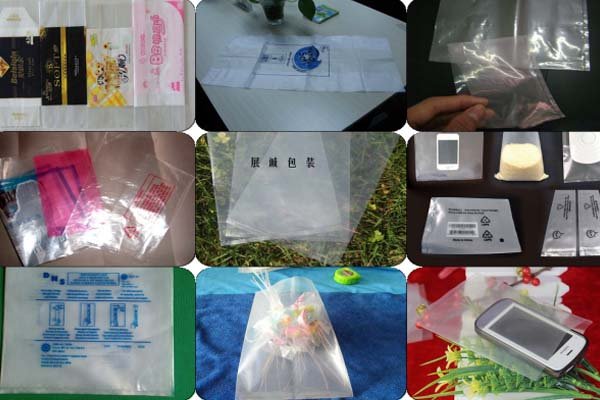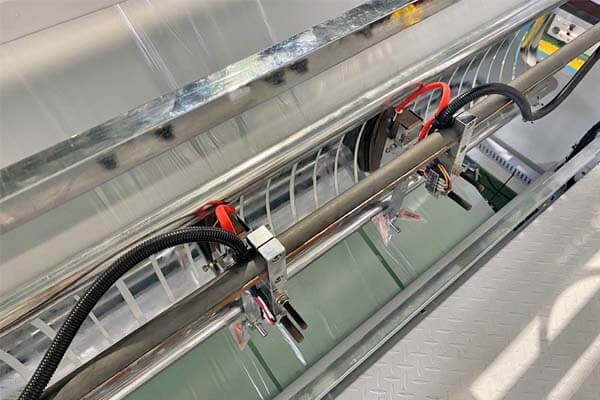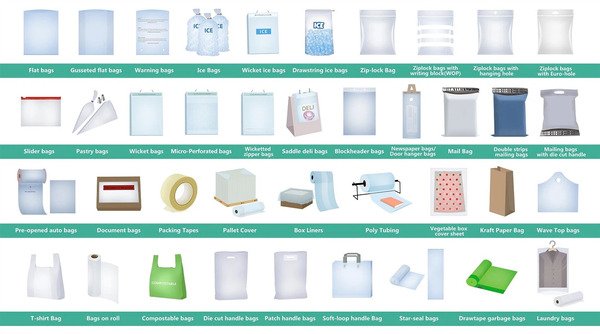
Selecting the appropriate plastic bag type1 is essential for product safety, cost efficiency, and compliance with regulations. The following overview categorizes plastic bags by material, construction, and intended application.
Plastic bags vary by design and purpose. Key categories include retail bags (e.g., T-shirt bags), food packaging (e.g., zipper bags), industrial poly mailers, and waste management sacks. Each type uses specific materials and construction methods to meet functional requirements.
A plastic bag is more than a container—it is a functional part of the supply chain. Material selection, sealing method, and handle design influence performance. For example, lightweight HDPE is used for grocery bags, while multi-layer films are applied in medical supply packaging. Manufacturing precision ensures durability, branding capability, and user convenience.
Example:
- HDPE: Stiff and strong; suitable for grocery T-shirt bags requiring tear resistance.
- LDPE: Flexible; ideal for bread bags or industrial sacks.
- Sealing method: Bottom seals offer strength for heavy loads; side seals are used for lighter applications.
Specialized machines, such as Side Sealing and T-Shirt Bag Making Machines, determine these features during production.
What Are Plastic Bags?
Definition:
A plastic bag is a flexible container made from thin polymer film (e.g., polyethylene or polypropylene), used for carrying, storing, or protecting goods. Variations include different seals, handles, and functional features.

Bag Construction Overview
Plastic bag production involves precise engineering, beginning with polymer resin selection to ensure appropriate strength, clarity, and durability.
Manufacturing Process:
- Film Extrusion – Resin pellets are melted and extruded into thin film. Thickness and material type are controlled for desired properties.
- Printing (Optional) – Flexographic printing applies logos or branding.
- Cutting & Sealing – Machines cut film to length and apply seals. This step also creates handles or other features.
Key Components:
| Component | Description | Examples |
|---|---|---|
| Film | Main body material; determines strength, flexibility, clarity. | HDPE for T-shirt bags; LDPE for garbage sacks |
| Seal | Fused edge; affects strength and carrying capacity. | Bottom Seal, Side Seal, Star Seal |
| Handle | Carrying feature; varies by application and comfort requirements. | T-shirt, Die-Cut, Loop Handle |
Materials Used in Plastic Bag Production and Applications
Common materials:
- Polyethylene (PE) – Shopping and utility bags.
- Polypropylene (PP) – Clear packaging.
- Biodegradable films – Eco-friendly options.
- Laminated films – High-barrier packaging.

Material Types:
- HDPE: Strong, stiff, translucent; suitable for grocery T-shirt bags.
- LDPE: Flexible, clear; used in contractor bags and bread packaging.
- PP: Rigid, high clarity; preferred for apparel and snack packaging.
- PLA: Compostable, plant-based; used for eco-friendly bags.
- Laminated Films: Multi-layer; used in food pouches and medical supplies.
| Material | Key Properties | Common Applications | Machinery Notes |
|---|---|---|---|
| HDPE | Strong, stiff, lightweight, translucent | T-shirt bags, produce bags, trash liners | T-Shirt Bag Machines process HDPE2 at high speeds |
| LDPE | Flexible, stretchable, clear | Heavy-duty sacks, bread bags, zipper bags | Heavy Duty & Zipper Bag Machines handle LDPE |
| PP | High clarity, rigid, moisture barrier | Food packaging, apparel bags | Side Sealing Machines for PP |
| PLA | Biodegradable, compostable | Eco shopping bags, disposable food wrap | Machines adapted for PLA films |
| Laminated | High barrier, multi-layer, premium feel | Stand-up pouches, medical supplies | Lamination Pouch Making Machines |
Types of Plastic Bags by Application
Categories:
-
Retail & Grocery Bags

- T-shirt Bag: HDPE; side gussets; strong.

- Die-Cut Handle Bag: Reinforced handle; retail use.
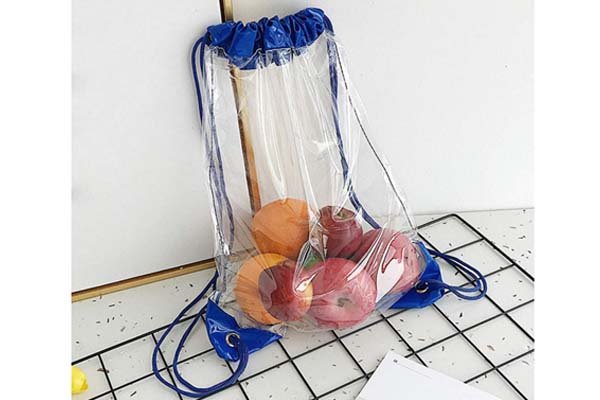
- Drawstring Bag: String closure; shoes, promotional items.
- T-shirt Bag: HDPE; side gussets; strong.
-
Food Packaging Bags
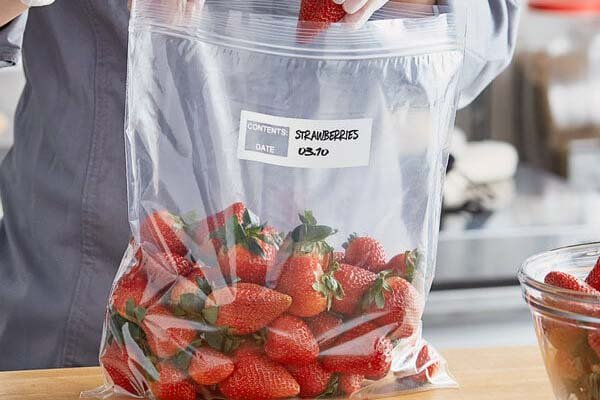
- Zipper Lock Bag: LDPE; reusable; food storage.
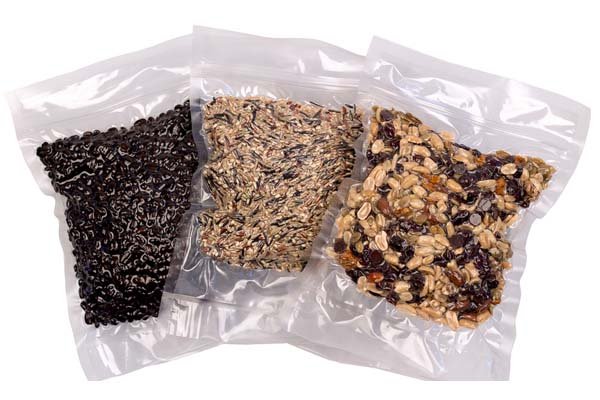
- Vacuum Bag: Multi-layer; extended shelf life.

- Fresh-Keeping Bag: Thin LDPE; produce.
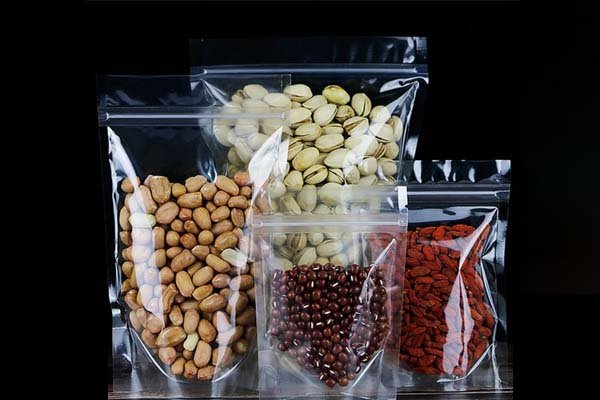
- Stand-up Pouch with Zipper: Laminated; shelf display.
- Zipper Lock Bag: LDPE; reusable; food storage.
-
Industrial & Shipping Bags
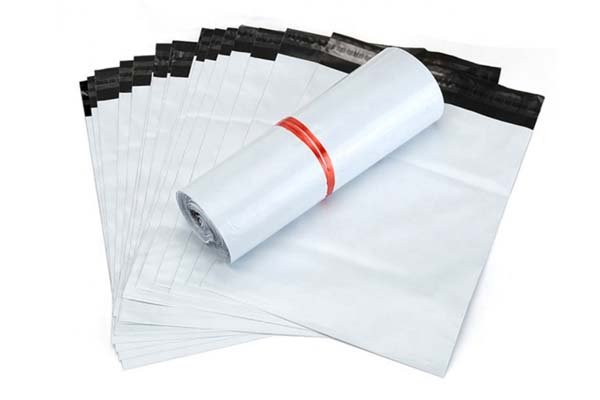
- Poly Mailer: Opaque; adhesive closure; clothing shipment.
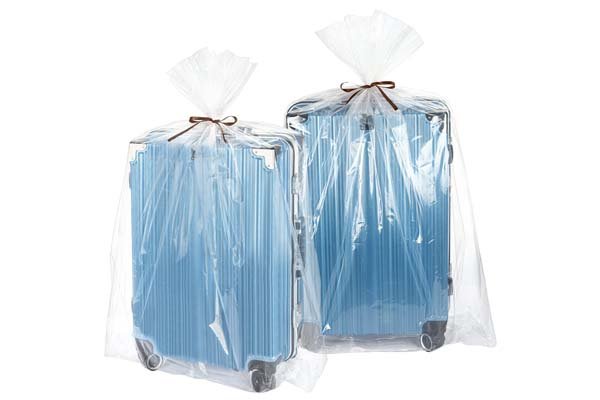
- Heavy-Duty Sack: LDPE; for sand, soil, industrial goods.

- Anti-Static Bag: Static-dissipative; electronics.
- Poly Mailer: Opaque; adhesive closure; clothing shipment.
-
Waste & Recycling Bags

- Star-Seal Trash Bag: Leak-resistant; conforms to bin.

- Flat Trash Bag: Straight seal; simple manufacture.
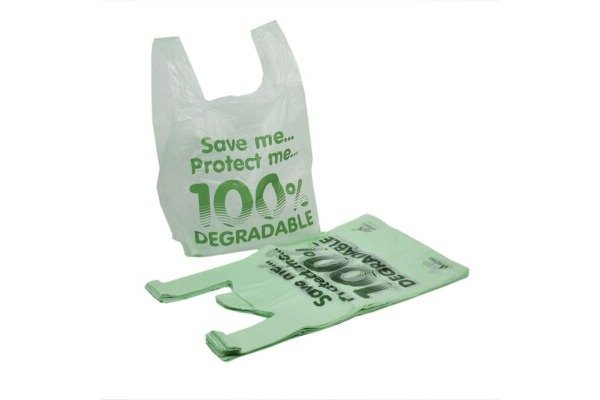
- Compostable Bag: PLA or bioplastics; compostable waste.
- Star-Seal Trash Bag: Leak-resistant; conforms to bin.
Other Specialized Plastic Bags
Examples:
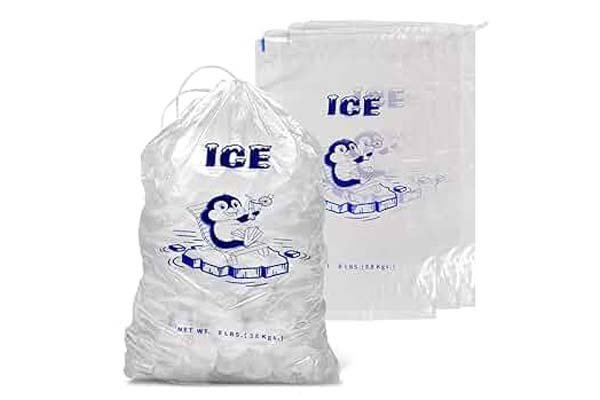
- Ice Bag: Cold-resistant; often drawstring.
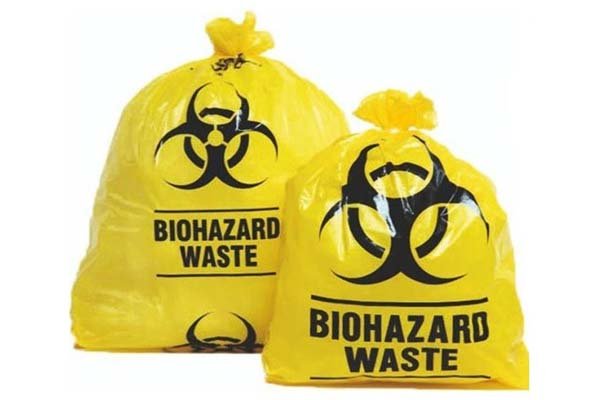
- Medical Waste Bag: Color-coded; puncture-resistant.
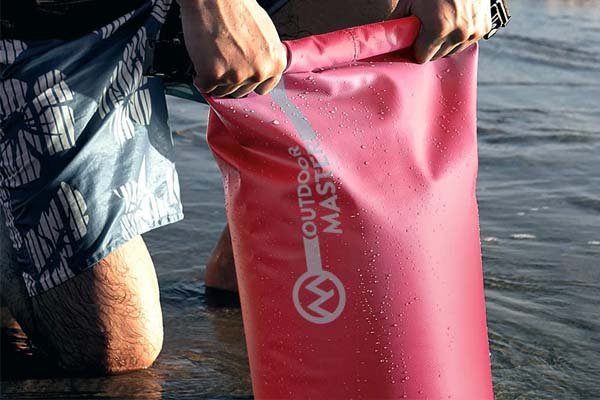
- Waterproof Dry Bag: Roll-top closure; outdoor use.

- Thermal Insulated Bag: Foam or foil layer; temperature retention.
Factors to Consider When Choosing a Plastic Bag
Selection Criteria:
- Thickness & Load Capacity: Measured in mils or microns; matched to product weight.
- Size & Capacity: Width, length, gusset; accommodates largest product size.
- Material & Compliance: Regulatory compliance (e.g., FDA for food contact).
- Custom Printing: Branding opportunities through integrated printing.
Global Plastic Bag Regulations and Sustainability Trends
Trends:
- Single-Use Plastic Bans: Restrictions on certain bag types.
- Recycled Content Requirements: Post-consumer recycled materials.
- Biodegradable & Compostable Adoption: Growth in certified compostable products.
Industry Adaptations:
- Material-flexible machinery to handle recycled and bioplastic films.
- Energy-efficient components (e.g., servo motors).
- Technical consultation to meet market-specific regulations.
Conclusion
Selecting a plastic bag requires aligning material properties, design, and compliance requirements with the intended application. The correct choice optimizes performance, meets regulations, and supports sustainability goals.

